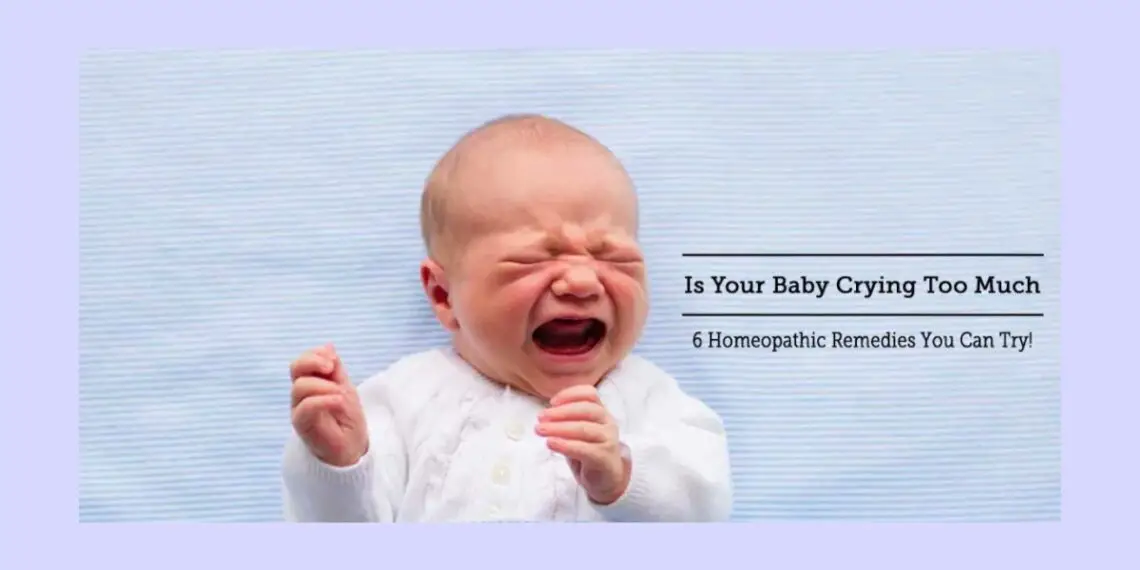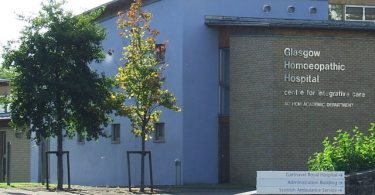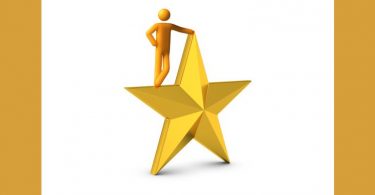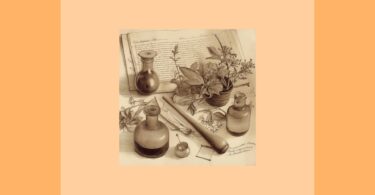This article is the result of the interaction between a number of lines of thought around homeopathic philosophy. I hope to take a step forward on the road of conceptualisation from clinical experience.
First line: Together with a friend, paediatrician, we commented on the difficulties in studying the materia medica of small remedies for paediatric use. What change could this bring to paediatric prescription, what chance do we have of prescribing these small remedies for small children?
Second line: The question of one remedy for life.
In 1998, I made a first presentation on this subject when it became a discussion point amongst French homeopaths. I based my talk on a book written by François Laplantine (Anthropologie de la Maladie.) and showed the parallels between homeopathy and psychoanalysis in relation to the conception of disease and the clinical approach.
Laplantine writes that for homeopaths, the aetiology of disease is a functional and relational disparity in the balance between man and him/herself. Disease is endogen where symptoms have a beneficial aspect in the re-establishment of health from a vitalistic point of view.
Marc Brunson[1] has already approached the question of one remedy for life over a period of time. These are some points of his thoughts:
– Is there one remedy for life? I would add ‘for each patient?’ This is a fundamental part to add to the question.
– Before being capable of answering this question with a yes, two other questions need to be answered: Is there only one disease for life and if so, is there only one remedy for each disease?
When I searched through my paediatric files for cases that could be presented, I became convinced that the study of small remedies is worthwhile if I could find cases where small remedies where successful. Well, I did not find any. All cases were prescriptions of polychrests, likely good palliations according to comments by colleagues.
For children over 2 years, I have a few cases solved with small remedies. (Max who received Solanum nigrum). I will not be in the position to find out whether this is going to be his remedy for life, he is so much younger than I am. It is not because I solved the case with a small remedy, that it will be a remedy for life. Still, I wonder.
Several paediatricians have commented that although they use mostly polychrests, they still achieve many successes.
How come so many followers of P Schmidt[2] worked successfully for years using ‘only’ about 50 polychrests? This makes me dream, or should I be sceptical, or admiring or humble?
I propose some answers:
– Children only suffer with real acutes (without any relation to their chronic disease) which respond well to the polychrests.
– Children only rarely show the signs of their chronic disease or we are not capable of recognising the signs of their underlying chronic disease when they display their acutes, which is only a tip of this underlying chronic disease.
– The anamnesis and the observational symptoms in the very young are difficult; we are usually confronted with a paucity of information brought to us by the parents. The children are away for the day while parents work and in the evening when they meet, everybody is tired. Often parents’ answers are coloured with feelings of guilt when they are faced with our many questions. Furthermore, because of modern psychological culture pressures, children often become parents’ objects of identification and narcissism .
– Because of their young age, richness of symptoms is not always possible.
– If polychrests appear sufficient, why bother studying the smaller remedies if we don’t feel the need for them in the vast majority of cases? Smaller remedies will then become less visible.
We have to return to the question: What is disease?
Is it an imbalance of the vitality? “It is only the mistuned vital force that produces diseases” according to Hahnemann in the 5th and 6th Organon.
His concept changes when he is confronted with chronic disease. When he tries to answer the question on the duration of the action of a remedy, he abandons the principle of individuality and develops the three miasms which are exogenic diseases which have an existence on their own.
J. H. Allen[3] kept this concept of disease which is miasmatic, ontologic and exogenic with variations in the proportions of the miasms present in each chronic disease (in disease as a set combination of symptoms): the colorations of diseases.
Ghatak[4], is the first to suggest an endogenic cause of disease.
Paschero[5], Argentine psychiatrist and psychoanalyst, declassifies remedies and symptoms. He is the first to say that all patients are tri-miasmatic and can evolve from one miasmatic expression of their suffering to another: he invents the miasmatic dynamism without naming it.
Masi[6] takes Paschero’s idea and invents the name of ‘Miasmatic dynamism’. It states that the patient can evolve in three different ways of expressing their disease, depending on the circumstances. It allows one to distinguish between real cure and the evolution towards an expression of egotrophy (sycosis). He extends the concept to the materia medica.
Marc Brunson talks about the erroneous perception of reality. I would add: the perception which organises the physical and psychological rapport of the individual with the surrounding world in relation to the concept of the remedy for life.
Two definitions:
Vitalism: de vitalitas: principle of life. Life, vital properties. It is what determines health, a remarkable activity of what is eminently alive. Dynamism, energy, vigour.
Perception: action of collecting intellectual knowledge used in relation to the practice of philosophy. Intellectual action through which a person becomes conscious of the objects that make an impression on him/her. The way in which the spirit represents the objects; the action through which this function is exerted. Condillac: ‘I define perception as the impression we have when objects are presented to us.’ Sartre: ‘Through perception, knowledge is acquired.’
If the answer lies on the side of vitalism, we know that this is already present during the time of intra-uterine life, because it is the basis of life itself.
If the answer comes from the point of view of ‘perception’, we have to ask when and how it organises itself in the living and especially in man.
These two aspects do not need to be in opposition and can be in a relationship with each other. Vitalism may become disjointed when circumstances sufficiently activate a wrong perception of reality to cause symptoms to appear, or, more precisely, when this particular perception, the individual’s idiosyncrasy, is in a state of receptivity to the surrounding circumstances.
I will therefore examine ‘when’.
For the wrong perception of reality to shape the endogenous chronic disease of the individual, there is a need for the existence of an individuality separated from its surrounding and its mother in particular.
Psychoanalysis teaches us that children recognise themselves between 12 and 18 months of age, long after they can see themselves in a mirror. Perception is therefore more than just vision. In humans, language plays a role, in which we already evolve before conception, and is brought to us by the others and progressively appropriated by the individual.
Family and systemic therapy are of great importance in the place of the child in the family and its social and cultural environment. The child can be the symptom of the family, as if they are the acting ground of the non symbolised pains and misfortunes of the family.
Two cases to illustrate this.
Danny is 5 months when I see him. He is the child of an African father and Belgian mother.
The mother developed acute gastritis, one month into pregnancy. There was nausea, acidity, regurgitation and she could not sleep . She lost 8 kg (she is overweight). She used Nux vomica herself which improved things a little but later she developed a severely locked back. ‘I was between two apartments, I don’t like this apartment’.
Danny was born one week late. ‘I asked to be induced, the dilation was slow, they gave me more ocytocine. I was given an epidural and then my blood pressure fell. I was then given morphine and filled up with saline. He finally arrived when I dilated completely.’
Normal birth weight but suckling is weak; he is given a mixed feeding.
He is constipated, he regurgitates a fountain of very acid and macerated milk. He coughs as if he wants to expel something. He cries a lot, he does not sleep well.
Repertorisation:
- Rectum, constipation, in children
- Stomach, eructation, food
- Stomach, eructation, sour food, eating after
- Stomach, heartburn
- Stomach, disordered, milk agg
- Stomach, indigestion, milk agg
- Cough, scraping
I choose Nitric acid which helps Danny enormously.
Later I find out that his father was a doctor – specialist ear, mouth, nose. He wasn’t allowed to practise in Belgium and had to take a few years of medical school for the recognition of his specialist diploma. He is in a legal battle with the government.
It is interesting that Nitric acid was found in this context, while other remedies may also have been appropriate when I was unaware of the father’s struggle.
Danny did not benefit from this remedy again.
Many of us have cases where the family context was used as a filter to decide between a number of possible remedies. Not all small children are the carriers of the parents’ problems but it happens more frequently in their cases because their personality is not sufficiently formed yet. Later, some children may be caught in their families’ issues which will contribute towards the modelling of their perception.
In the latter, we may speak of the right perception by the child of its parents’ troubles
A second case:
A four month old boy (Alex).
At the time of the consultation he can only be tube fed due to a laryngomalacy and a swelling of the arytenoids glands. Alex is afraid to swallow because he often has a spasm in the larynx. During the spasm he perspired abundantly from his head.
He started to regurgitate during meals at seven weeks. PH was normal, allopathic prescriptions were not efficacious. He is given enriched food because his growth is stunted.
He was an unexpected child after an extra-uterine pregnancy following several treatments of IVF and a brother of six years old.
There was a bleeding at 2nd and 6th month of the pregnancy. For the rest all went well. Just before delivery, an ultrasound showed the legs were too extended and turned inwards.
He was delivered by caesarean section. The placenta was spongy and had poor CO2 recuperation.
When Alex tried to cry at birth, he turned blue, went stiff and developed an ophistotonus. No sound came out of his mouth and he collapsed with his mouth pinched.
He was kept under oxygen for five weeks.
The diagnosis of a laryngospasm was made. A disease of the anterior horn of the spinal cord was suspected, or a disease of Wernicke-Hoffman, genetic tests were negative, the parents were told ‘he may soon die’ on several occasions.
When examined he kept his legs stiff with his feet turned inwards. He did not want to bend his knees. There was no hip luxation or deformity of the leg. His head was turned to the right as in a torticolis.
He hated physical contact in the hospital. During his stay he hardly grew. ‘When I take him in my arms and bend him over my left shoulder and since we are home he is much better’ says the mother.
It takes one hour to force feed him. He is alert, looks around and is interested. Sometimes he can turn his head.
During the consultation, Alex is in his cot and breathes without making any noise. His face is large and pale. When he wakes his breathing becomes noisy, he appears anxious. When his mother picks him up and bends him over her shoulder like a bag of potatoes, he improves.
Repertorisation:
- Face, discoloration, cyanotic
- Larynx and trachea, voice, interrupted
- Convulsions with cyanosis
- Convulsions in newborns
- Throat, swallowing, difficult, liquids
- Back, ophistotonus
- External throat, torticolis, drawn to the right
- Respiration, loud/rough, crowing
Cuprum met 30 give twice in a little water.
One month later.
All is well. He hasn’t choked since the remedy. The spasms have nearly all gone. He has started to eat from the spoon but is fed up quickly.
He perspires less. There are no more breathing noises.
In such cases, should we consider the use of a polychrest in small children to be a simple palliation? Should we consider that we cannot find a remedy for life (whether small or large) yet because it is not existent?
There are signs visible, signs of disease, signs of troubles of the vitality, signs of the wrong perception of reality in a baby which is still in total dependency and very much in a situation of the premature human being (neoteny).
I think that in this early stage of life the signs (symptoms) of disease are not yet organised in relation to a specific final remedy. There is still great plasticity present.
Homeopaths structure the anamnesis and their observations into a prescription. If these signs of immature, still undifferentiated, wrong perception of reality take us to a remedy for life, so much the better but it is quite likely to be due to luck.
References:
1] Marc Brunson, doctor veterinary president of CLH, Unicist School of Homeopathy – Belgium
2] Pierre Schmidt Swiss homeopath Doctor, 1894-1987. He introduced Kent repertory in France.
3] John Henri Allen, 1854- 1925 : Psora, pseudopsora and sycosis
4] Nilmani Ghatak, Bengali Doctor, 1872- 1940 : Chronic disease: Its cause & cure
5] Tomas Pablo Paschero, Argentine, Doctor 1904 – 1986, “Homeopathia”
6] Alfonso Elizalde Masi, Argentine, Doctor 1932 – 2003, No personal text
————————————————-
Vita:
Docteur Pascale Franck, Homeopath
36 rue du Collège Saint-Michel
1150 Bruxelles
Belgium
Graduated as medical doctor from the Catholic University of Louvain in 1985. Studied homeopathy in France (l’Ecole Mosane) 1985 – 1989 and later in Belgium (CLH, Liege) 1992 – 1995. Takes part in the following study groups: CLH, Meeting GEHU-CLH and Petroleum and is a regular speaker at French homeopathy congresses. Teacher at: – CLH, Liege since 1994 – for two years in INHF Paris.





